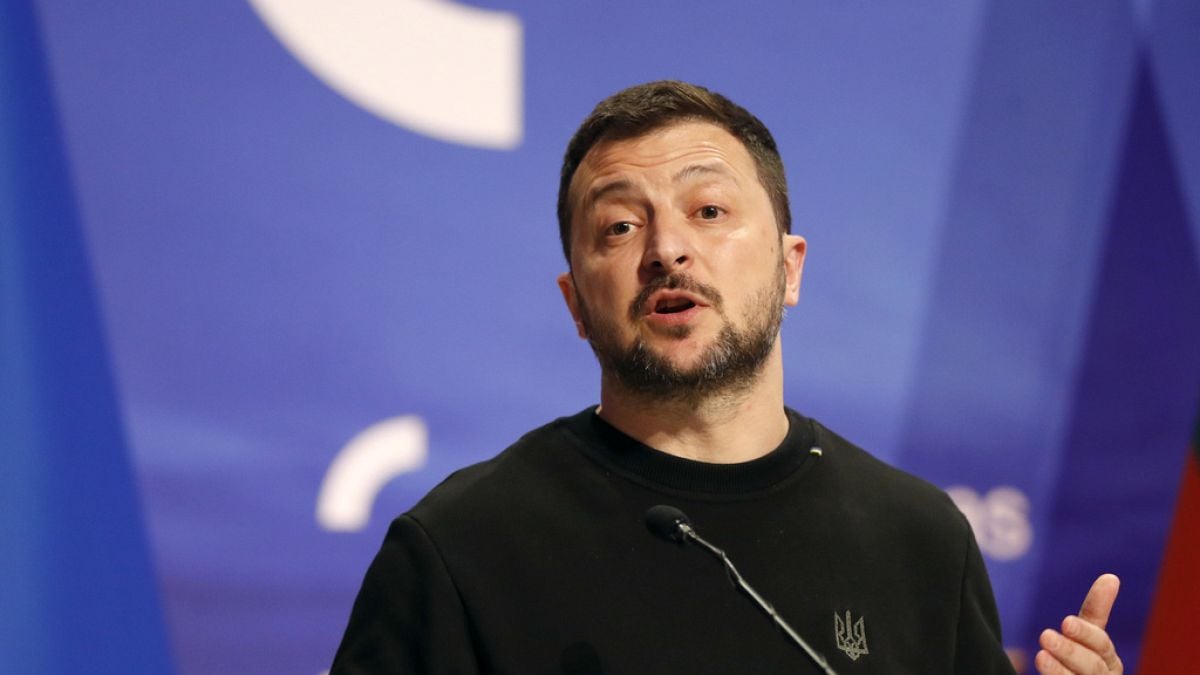Ukrainian President Volodymyr Zelenskyy and other European leaders have applauded the US for passing a vital €89 billion aid bill which has been struggling to make it through the House of Representatives for months.
The House swiftly approved roughly €89 billion in foreign aid for Ukraine, Israel and other US allies in a rare Saturday session as Democrats and Republicans banded together after months of hard-right resistance over renewed American support for repelling Russia’s invasion.
With an overwhelming vote, €57 billion in aid for Ukraine passed in a matter of minutes, a strong showing as American lawmakers race to deliver a fresh round of US support to the war-torn ally. Many Democrats cheered on the House floor and waved blue-and-yellow flags of Ukraine.



Its curious to see someone propose that the punishment for opposing a war is to fight in it. But the reward for supporting the war is to profit from it.
deleted by creator
Isn’t that literally the Russian policy?
I think the Russian policy is to conscript anyone currently in jail. But the Russian Federation has one of the highest prison populations in the world (475 per 100,000). The lion’s share of that population is guilty of petty theft, illegal drug use/sales, and vagrancy/illegal encampment.
The US gave up on this conscription strategy after the Vietnam War, when a bunch of minority community groups like the Black Panthers and the Raza Unida Party started cropping up.
I can’t find what I was talking about now, but I’m sure there were reports about mobilisation being used as a punishment for speaking out against the “special military operation”.
There’s definitely instances of Russian political dissidents being thrown in jail. And from there, they’d get sucked up into the jail-to-combat pipeline.
This isn’t strictly unusual for government agencies. The California state fire patrol is composed largely of prison labor. But training dissidents and vagrants in the art of war carries its own basket of problems. It only works if you do the Iran-Iraq War trick and have your dissidents-turned-soldiers in the worst possible conditions (in that case, Iranian Revolution student protesters were turned into shock troops expected to run across Iraqi mine fields).
In the current state of the Ukraine-Russia War, its the Russians hiding behind the mine fields and the Ukrainians charging across them. But I’m more than confident that there’s some other low-skill high-lethality job for them to do. Maybe playing “The Most Dangerous Game” against Ukrainian drones, so Russian anti-drone units can target and shoot them down.
deleted by creator
The US stopped using conscription in January of 1973, two months before the last helicopters exited Vietnam. The major protests against Vietnam had largely fizzled out by the late 60s, as the war was primarily an air war focused on bombing and gassing Vietnamese dissidents into submission. And, if you’re truly familiar with your US history, you’ll know that this is when the popularization of the POW/MIA came to fruition thanks to the John Birch Society and Ross Perot.
But Nixon’s decision in '71 to end conscription was more to do with the success of the Civil Rights Movement in galvanizing former WW2, Korea, and Vietnam Veterans to its cause, when Nixon’s goal was to recast these dissidents as criminals and drug addicts. As the economy stalled out under his presidency, military enlistment was actually on the rise and conscription served no real purpose.
Registration is still a thing, although even then there’s been a number of big fights over how one’s gender and sexual orientation would affect enlistment.
But conscription, as a policy, has been abandoned as the military has relied increasingly on its officer’s corpse and private contractor base to manage military operations. The political gains to an expanded MIC plus the liabilities of an armed and organized working class mean it no longer has a place in the model we use for conducting invasions and occupations.